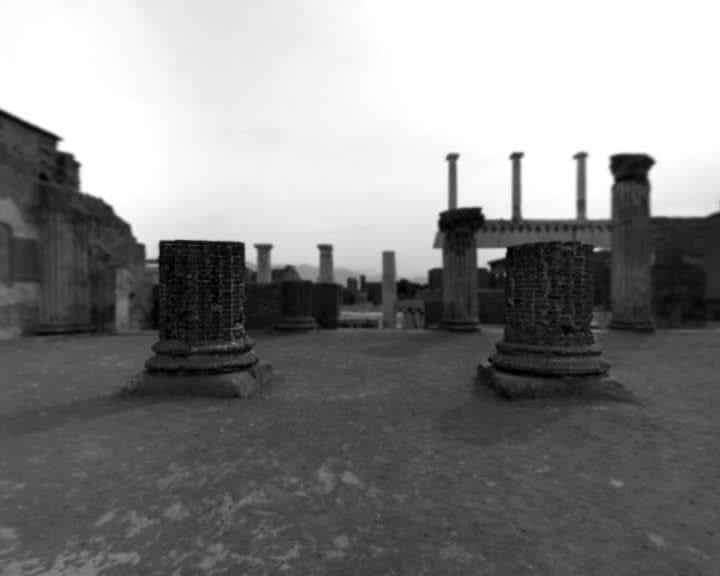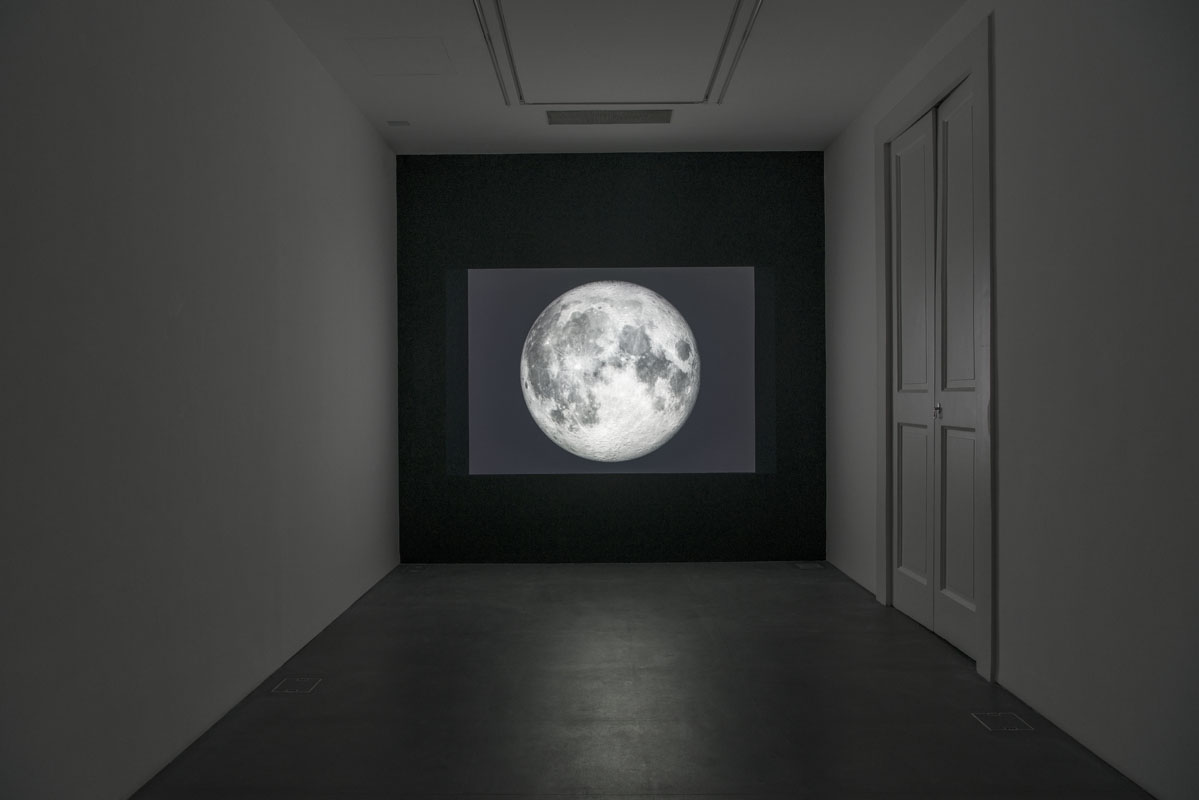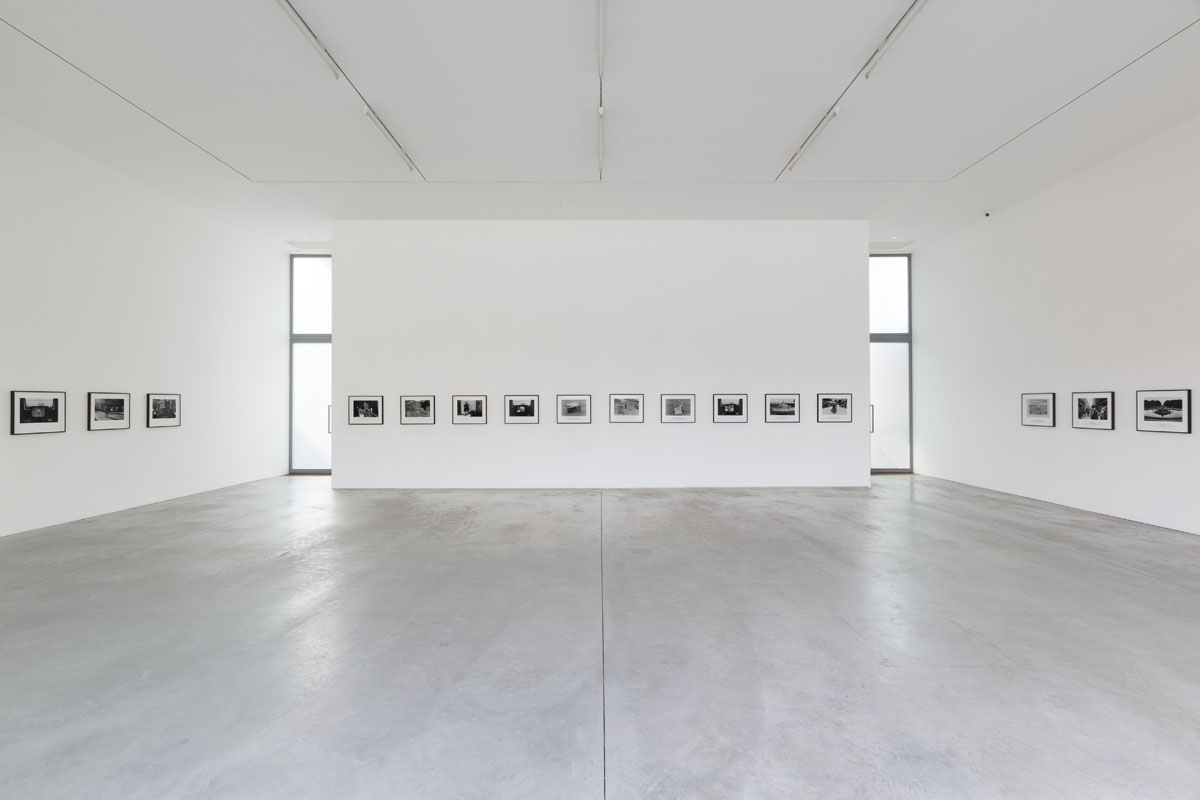Victor Burgin (Sheffield, England, 1941) is one of the most eminent academic artists of our time.
Artist and at the same time author of seminal essays on photography and on art theory, Burgin has been developing his artistic research since the late sixties, constantly moving between practice and theoretical reflections.
This “third space” (H. Bhabha, 1991), which is the place and outcome of this alternation, has become the deliberately ambiguous, ever-shifting foundation of his work, which has been dislocated from time to time in the pages of a book or in the space of a gallery, requiring the viewer much more than a simple act of perception.
In this perspective, photography, chosen as a privileged medium, has had multiple valences: it has been a strong corrosion agent of modernist autonomy, and at the same time it has made it possible to reconfigure a link with reality and to escape from the analytical logic of many conceptual practices.
Whether it is the appropriation or hijacking of the advertising images of his early works, or the representation of sexual roles in art history and the media, Burgin's work - also influenced by studies in semiotics, cinema and psychoanalysis - investigates and decodes “the agency of the image” in defining the predominant terms of representation.
He is currently Emeritus Professor of History of Consciousness at the University of California, Santa Cruz, and Emeritus Millard Chair of Fine Art at Goldsmiths College, University of London.
His work is included in the collections of major international institutions such as the Metropolitan Museum and the Museum of Modern Art, New York; the Corcoran Gallery, Washington DC; the Museum of Contemporary Art and the Los Angeles County Museum of Art, Los Angeles; the Walker Art Center, Minneapolis; the Tate Gallery, Tate Modern, and the Victoria and Albert Museum, London and the Centre Georges Pompidou, Paris.
He is the author of numerous volumes that have significantly marked the critical debate not only in America. These inclued: Thinking Photography (1982), Between (1986), The End of Art Theory: Criticism and Postmodernity(1986). In/Different Spaces: Place and Memory in Visual Culture, Shadowed (1996); The Remembered Film (Reaktion, 2004); Situational Aesthetics (Leuven University Press, 2009); Parallel Texts: interviews and interventions about art (Reaktion, 2011).





